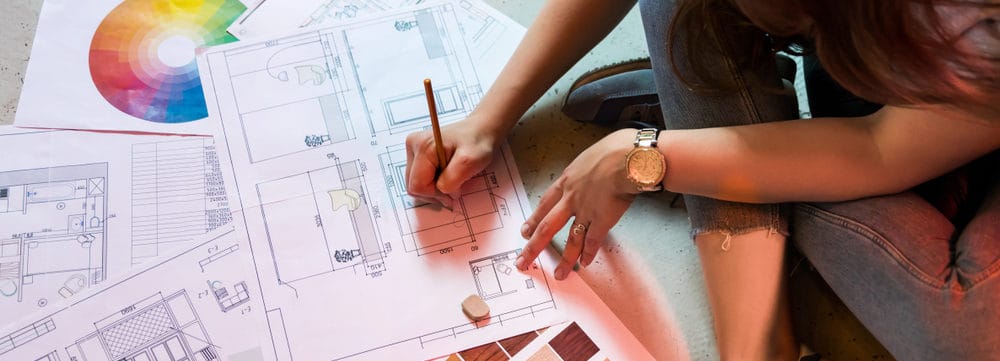Blog
Why Design Students Should Consider Healthcare Design

The design industry has been experiencing a boom in recent decades, and in some cases, the industry has outperformed the rest of the economy. As the industry has grown and matured, more and more specialties have arisen. Young designers either in college or recent graduates have more options than ever to choose from when selecting a career path.
One design specialty, in particular, has grown to stand out among the rest. Healthcare interior design, for many reasons, has taken center stage. The specialty has grown alongside the healthcare industry as a whole, which itself has been experiencing major changes in the past few decades. Designers are helping construct hospitals of the future and their contributions provide more than just aesthetics.
Young designers should consider specializing in healthcare interior design. Here are several reasons why:
1. It’s a strong job market.
The healthcare industry as a whole is a massive market and last year it outpaced nearly every other major sector of the economy, according to the Bureau of Labor Statistics. Healthcare is an industry that will always be around, it’s not going anywhere. That includes those who design healthcare facilities for the future. The BLS predicts that between 2016 and 2026, healthcare sector employment will grow 18%, adding an additional 2.4 million new jobs. Hospital administrators are always looking for new designs and interior layouts, both to improve patient care and to keep the hospital up to date. Designers who specialize in healthcare interior design won’t have trouble securing a job.
2. There are many career paths.
Healthcare interior design as an industry is becoming more diverse every day. There is a multitude of different ways designers can add value through design. The aesthetics of a hospital can promote staff well-being, or reduce the threat of various risks. Designers are constantly finding new ways to incorporate nature into hospital design. Above all, healthcare interior design improves the cost-effectiveness of a hospital and improves energy usage. As the industry grows, there will be more and more opportunities for even more specialization and paths of career advancement.
3. The work is something to be proud of.
Healthcare is one of the most sacred industries because it is directly related to our wellbeing and survival. Interior designers play a special role in this industry by providing the proper set and setting for patients and hospital staff alike. Proper healthcare design will ease patient anxiety and reduce staff stress levels. Without thoughtful interior design, hospitals can’t function effectively and patient care suffers. The right design can change all of that by providing an aesthetically appealing, efficient and cost-effective environment. Good healthcare interior design impacts every element of a hospital.
Young designers should consider a career in healthcare interior design. The options are endless, the work is fulfilling and the job will be secure well into the future.
Marie Wikoff is the creator of Wikoff Design Studio based out of Reno, Nevada. Her expertise in healthcare design has helped modernize healthcare organizations locally, regionally, and internationally, improving patient experience and outcomes. Her credentials include Evidence-Based Design Accreditation and Certification (EDAC), American Academy of Healthcare Interior Designer (CHID), the National Council of Interior Design Qualification (NCIDQ) and LEED AP. Contact Marie Wikoff
Sources:
Harris, Yvonne. “New Figures Show Creative Industries Are Leading Growth.” Design Council, 3 Nov. 2017, www.designcouncil.org.uk/news-opinion/new-figures-show-creative-industries-are-leading-growth.
Commins, John. “Healthcare Job Growth Outpaced Nearly Every Other Sector in 2018.” Healthcare Job Growth Outpaced Nearly Every Other Sector in 2018 | HealthLeaders Media, 4 Jan. 2019, www.healthleadersmedia.com/strategy/healthcare-job-growth-outpaced-nearly-every-other-sector-2018.
BLS. “Healthcare Occupations : Occupational Outlook Handbook:” U.S. Bureau of Labor Statistics, U.S. Bureau of Labor Statistics, 2018, www.bls.gov/ooh/healthcare/home.htm.







